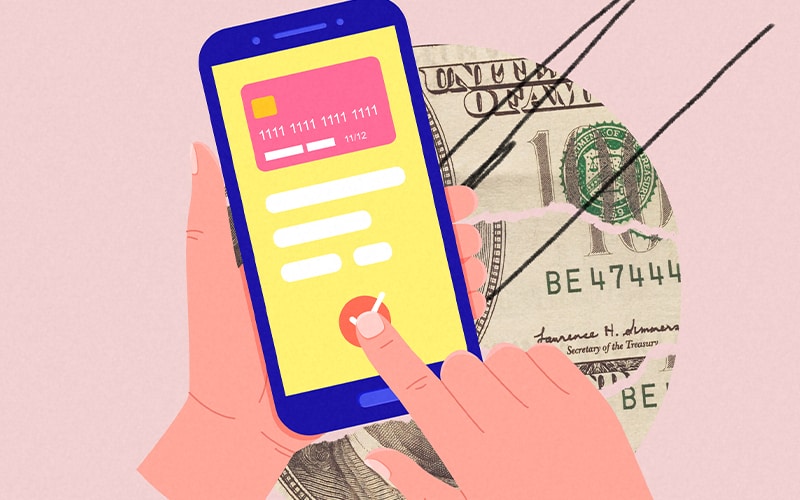Will Consumer Behaviors and Patterns Return to “Normal” Post-Pandemic?

Consumer behaviors and patterns are constantly changing. Marketers do their best to make accurate predictions on where trends will be heading and adapt accordingly. But after being hit with a global pandemic that flipped the world on its head, “temporary” solutions are now here to stay. As consumers grow accustomed to their “new normal,” marketers will adapt yet again to meet them where they are.
COVID-19 halted much of consumer spending with everyday activities like attending happy hour, going to the gym, and grabbing lunch no longer accessible. Many of these things are slowly starting to return but in order to survive in the post-pandemic world, businesses will need to adjust.
According to Forrester Senior Analyst Anjali Lai, “only 16% of US Online adults believe that they will revert to a pre-pandemic sense of normalcy after the pandemic subsides, and 75% say that the pandemic and related crises will drive long-term changes in their behaviors and preferences.”
What are these behaviors and preferences?
Online shopping surged during the pandemic and is expected to continue. Those who might not have preferred online shopping pre-pandemic had no choice but to navigate it over the course of the last year, becoming more familiar with technology, various apps, and platforms. Current online shoppers say they will continue online shopping and predict they will make even more purchases online in the year ahead despite stores opening and restrictions lifting.
A survey from Prosper Insights and Analytics shows that nearly 45% of consumer believe the changes they made to their shopping routines have already become habits and will be continued post-pandemic. Many of these trends and behaviors revolve around convenience.
Consumers are utilizing the “buy online, pick up in store” model more and more for everyday items like groceries and meals, and not just large, hot item purchases that they want to make sure are claimed quickly. Delivery services are expected to grow as well and services like Instacart, that were widely used during the pandemic to avoid interaction with others, are now being seen as a time-saving method of convenience.
However, the increase in delivery apps and apps like Instacart are not expected to impact physical locations. Consumers are still paying to have someone do their shopping for them which warrants the need for a physical location. 68% of consumers say they still depend on physical stores, especially in a pinch or when they cannot make shopping fit into their schedule.
How will habits continue to change?
We are connected to technology and each other more than ever and can accomplish even our most basic chores at the push of a button. Foresight Factory predicts that by 2025 we will be even more connected to our shopping experience through augmented reality (AR). Almost half of US consumers say that not being able to see or try a product impacts their purchasing decision. Luckily for them, sites like Wayfair are solving that problem by allowing consumers with smartphones to see true-to-scale 3D versions of products in their space in real time. Of those who have used AR during a shopping experience, 62% said it encouraged them to make a purchase.
Those that still want an in-store experience will have the benefits of “connected shopping,” which combines digital and physical shopping. Retailers will have the ability to make shopping feel like a more personal, exclusive experience by utilizing consumer data in their apps to learn their preferences and analyze shopping history.
The pandemic shifted life for many people by forcing them to adapt to a digital world more quickly and in a more integrated way. As in-store experiences evolve to include digital and AR becomes more widely used, it will be hard to imagine a time when we made any purchasing decisions without the help of a smartphone.

